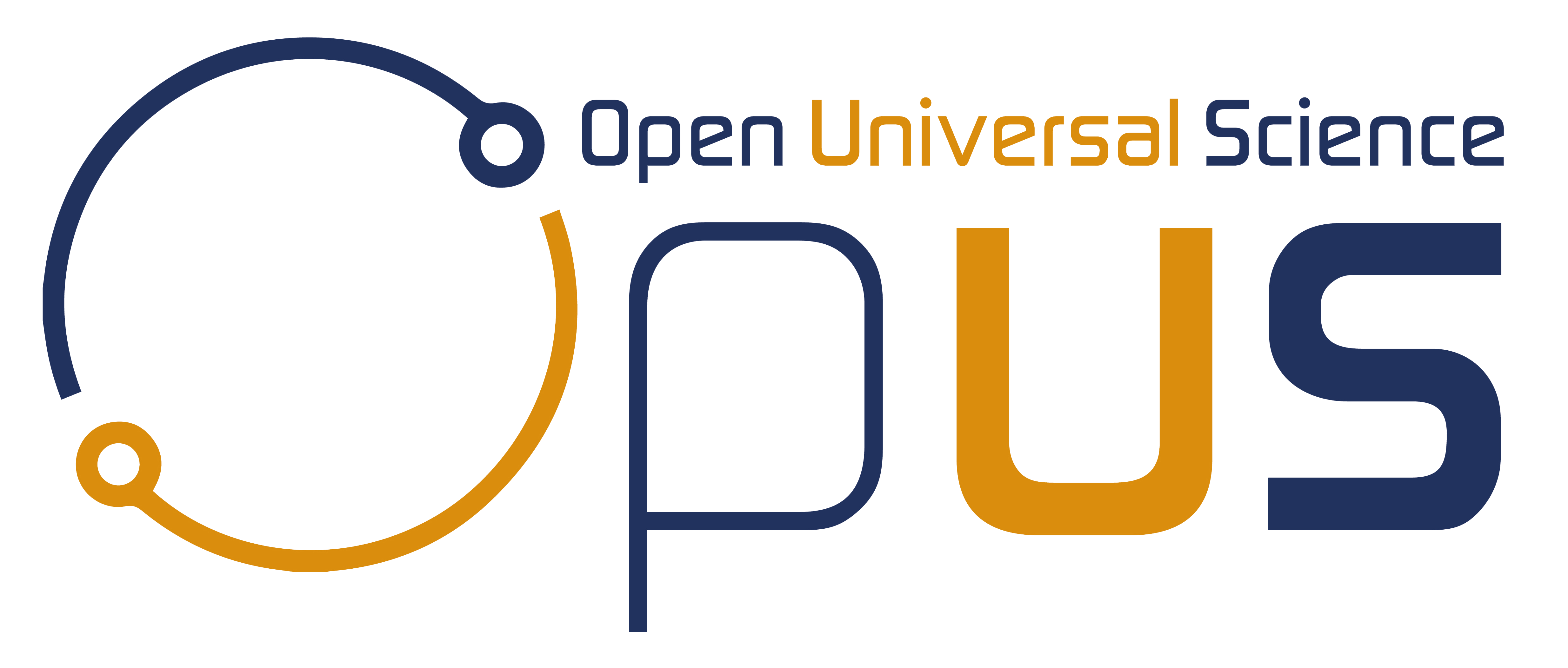
Unlocking the Power of Open Science: Statistics and Insights
Unlocking the Power of Open Science: Statistics and Insights https://opusproject.eu/wp-content/uploads/2023/10/Elsevier-Knowledge-Empower-image-1024x512.jpg 1024 512 Open and Universal Science (OPUS) Project Open and Universal Science (OPUS) Project https://opusproject.eu/wp-content/uploads/2023/10/Elsevier-Knowledge-Empower-image-1024x512.jpgIn recent years, Open Science has emerged as a transformative force in the world of research and academia. This paradigm shift towards openness, transparency, and collaboration has not only revolutionized the way research is conducted but has also generated a wealth of statistics and insights. In this article, we will explore some key statistics about Open Science and the impact it’s making on the academic landscape.
1. Growth of Open Access Publications
One of the most visible aspects of Open Science is the rise of open access publications. According to the Directory of Open Access Journals (DOAJ), as of my knowledge cutoff in September 2021, there were over 16,000 open access journals, collectively publishing millions of articles. This number has continued to grow, with more researchers and institutions embracing open access as a means of sharing knowledge globally.
Source: Directory of Open Access Journals (DOAJ)
2. Impact on Citation and Visibility
Open access articles tend to receive more citations than their closed-access counterparts. A study published in PLOS ONE found that open access articles received, on average, 18% more citations than articles behind paywalls. This statistic underscores the broader reach and impact of open access research.
Source: Piwowar H, Priem J, Larivière V, Alperin JP, Matthias L, et al. (2018) The state of OA: A large-scale analysis of the prevalence and impact of Open Access articles. PLOS ONE 13(5): e0196345.
3. Preprint Servers and Rapid Knowledge Dissemination
Preprint servers, such as arXiv and bioRxiv, have gained significant popularity in recent years. These platforms allow researchers to share their findings before formal peer review. As of 2021, arXiv alone hosts over 2.1 million preprints across various scientific disciplines, promoting rapid dissemination of knowledge.
Source: arXiv, bioRxiv
4. Open Data and Reproducibility
Open Science also emphasizes the importance of sharing research data. A study published in PLOS Biology found that articles with open data had a 25% increase in citation rates compared to articles without openly available data. This highlights the growing recognition of the role data transparency plays in scientific research.
Source: Piwowar, H. A., Vision, T. J. (2013). Data reuse and the open data citation advantage. PLOS ONE, 8(7), e66551.
5. Collaboration and Global Reach
Open Science encourages global collaboration. Platforms like Zenodo, ResearchGate, and Academia.edu enable researchers to connect, share research outputs, and collaborate across borders. This interconnectedness promotes the dissemination of knowledge beyond traditional boundaries.
Source: Zenodo, ResearchGate, Academia.edu
6. Policy Initiatives
Governments and funding agencies are increasingly endorsing Open Science. The European Commission’s Horizon 2020 program, for example, mandates open access to research outputs. Similar policies are being adopted worldwide, emphasizing the shift towards openness.
Source: European Commission – Horizon 2020
In conclusion, Open Science is rapidly reshaping the research landscape, promoting accessibility, transparency, and collaboration. The statistics and insights highlighted here are just a glimpse of the profound impact Open Science is making on academia and beyond. As it continues to gain momentum, it is clear that Open Science will play a pivotal role in shaping the future of research and innovation.
Photo via Elsevier
- Posted In:
- Open Science News




